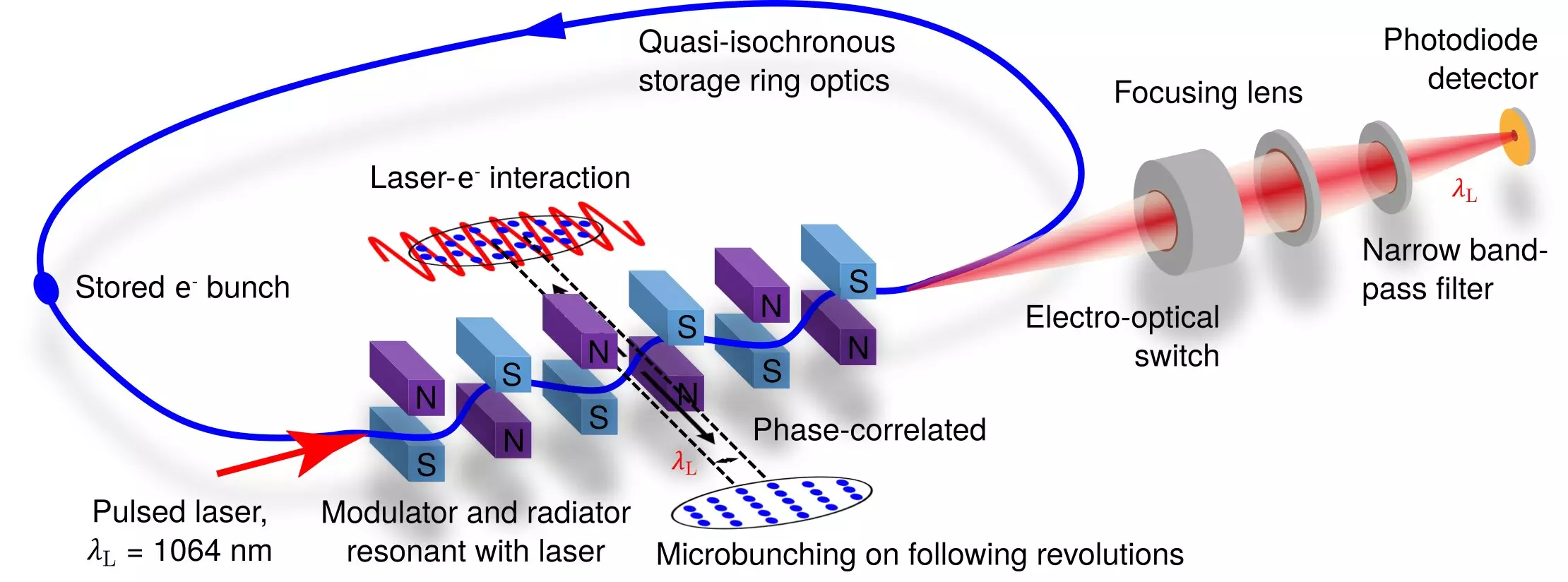The concept of using ultrafast electrons to emit light, known as synchrotron radiation, has long been utilized in storage rings for materials research. However, the light emitted in this process is longitudinally incoherent, limiting its potential applications. Monochromators can be used to select individual wavelengths, but at the cost of reducing radiant power significantly. This begs the question – what if storage rings could produce monochromatic, coherent light with outputs rivaling high-power lasers?
In 2010, physicist Alexander Chao and his doctoral student Daniel Ratner posed a solution to this challenge. By shortening the electron bunches orbiting in a storage ring to lengths smaller than the wavelength of the emitted light, the radiation becomes coherent and significantly more powerful. This breakthrough could potentially increase the output power to several kilowatts, marking a new era in storage ring technology.
Chinese theorist Xiujie Deng introduced a set of configurations for isochrone or “low-alpha” rings, designed to generate short particle bunches just one micrometer long. A collaborative research effort between HZB, Tsinghua University, and PTB successfully demonstrated the effectiveness of this concept in a proof-of-principle experiment in 2021. By leveraging the Metrology Light Source (MLS) in Adlershof, the team validated Deng’s theory for creating micro-bunches through extensive experimentation.
Challenges and Prospects
Although the potential for a new type of SSMB radiation source is promising, HZB project manager Jörg Feikes acknowledges that significant development and refinement are still required. Drawing parallels to the evolution of free-electron lasers, Feikes emphasizes the long-term nature of such technological advancements. After years of experimentation and development, ideas that once seemed far-fetched can transform into groundbreaking innovations, paving the way for advanced applications in research and beyond.


Leave a Reply